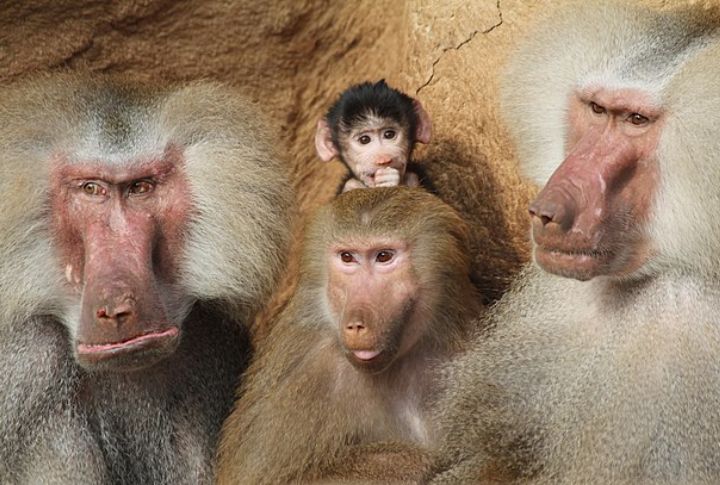
Not all monkeys are content to swing through trees and snack on fruit. Some defend their turf with deadly precision, turn aggressive in captivity, or gang up with chilling coordination. Ready to meet the monkeys that fight harder than they play? Let’s count them down.
Tarsier
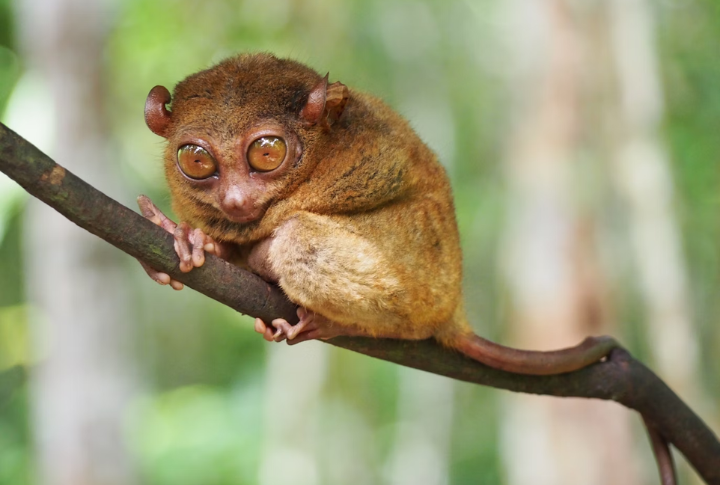
Don’t let their wide eyes fool you—tarsiers are aggressive carnivores with serious bite force for their size. They’ve been known to attack birds and small animals, and handling them can provoke violent lunges. Territorial by nature, these tiny primates react to threats with speed and sharp precision.
Howler Monkey
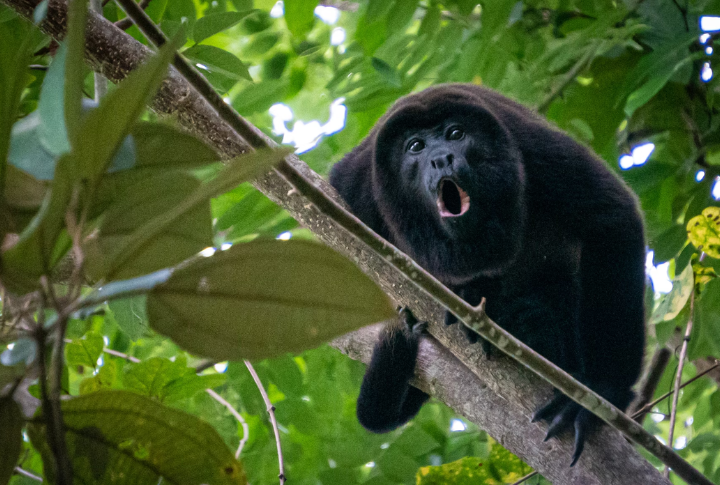
The Howler monkey’s deep, guttural howls can sound eerie from miles away. Beyond that, they may lash out with bites or scratches if cornered, especially when defending territory. Group responses to threats can be even more aggressive, and their potential to transmit disease adds another silent danger.
Proboscis Monkey
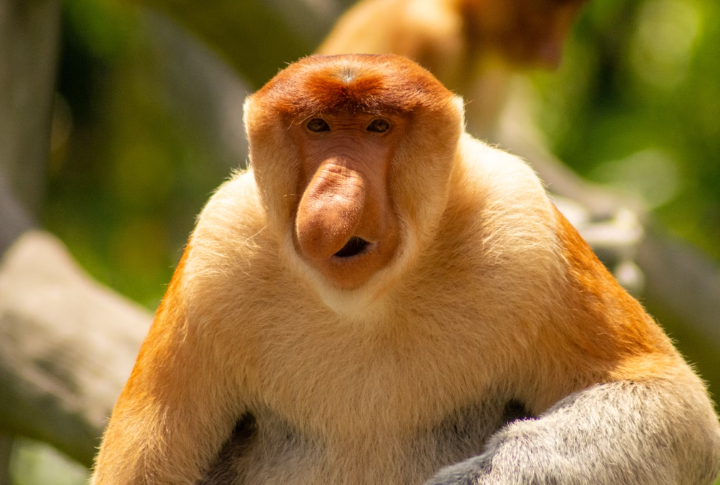
This breed’s odd appearance hides an explosive temper. Male proboscis monkeys grow aggressively during mating season, fiercely defending their mates from others with slaps and bites. When humans get too close, they can turn hostile. Their large frame makes any physical confrontation dangerously one-sided and completely unpredictable.
Vervet Monkey

Vervets in the wild are bold, but in cities, they can be downright hostile. They steal food and retaliate when confronted, sometimes biting pets or children. Males often posture aggressively before attacking. In numbers, vervets defend territory with a coordinated force that surprises even seasoned locals.
Capuchin Monkey
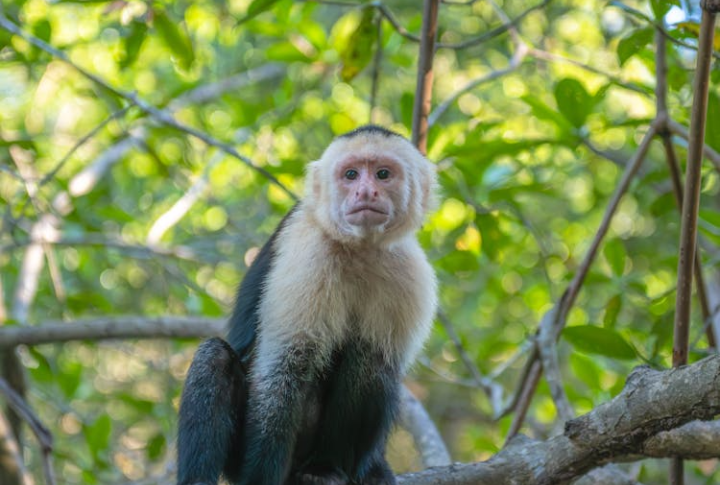
Capuchins combine brains with brawn, using tools to launch strategic, sometimes vicious, attacks. In the wild and captivity, they’ve scratched, bitten, and swarmed perceived intruders. Some even raid human homes with fearless defiance, proving that intelligence doesn’t always come with restraint or predictability.
Gelada Monkey
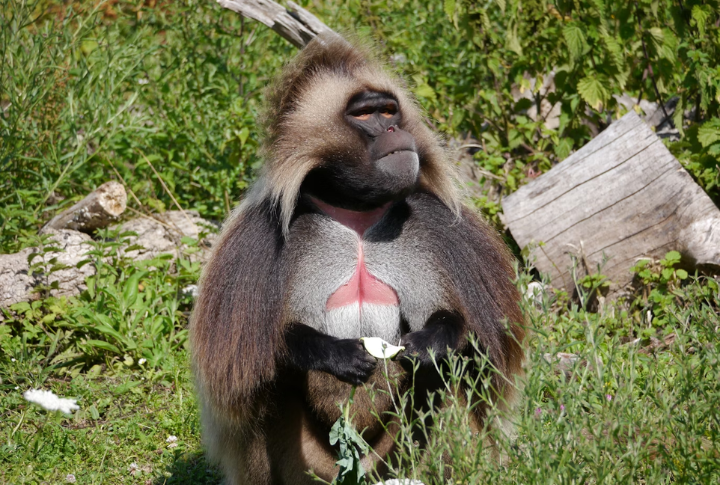
Geladas may look calm grazing on grasslands, but males use sharp canines to defend their troops fiercely. These monkeys have injured tourists who got too close, and in-group dominance fights often turn fatal. When it comes to territory or hierarchy, geladas fight with primal, calculated aggression.
Macaque

Macaques thrive in chaos, sometimes ambushing tourists to snatch food or belongings. A hostile encounter can unleash violent bites and swinging arms. Urban troops also form aggressive gangs, and during shortages, rabid individuals have attacked people. Their street-smart violence further makes them unpredictable and dangerous in cityscapes.
Mandrill

With muscle-packed bodies and dagger-like teeth, mandrills can overpower most threats. They charge without warning and have inflicted serious injuries on zookeepers and intruders. One bite can cause lasting damage. Beneath their colorful faces lies raw, unfiltered power that’s triggered by fear, threat, or territorial challenge.
Baboon
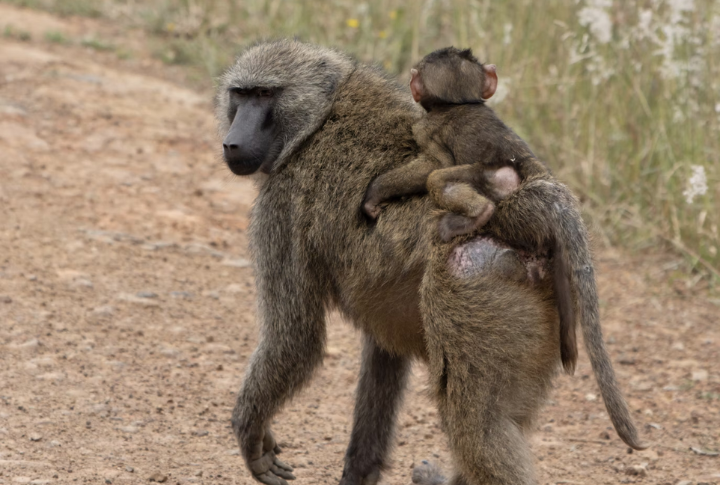
Massive canines make baboons formidable fighters, capable of serious harm. Protection of food or infants often triggers coordinated group aggression. In villages and farming areas, direct clashes have escalated into violence due to close contact and territorial behavior.
Chimpanzee
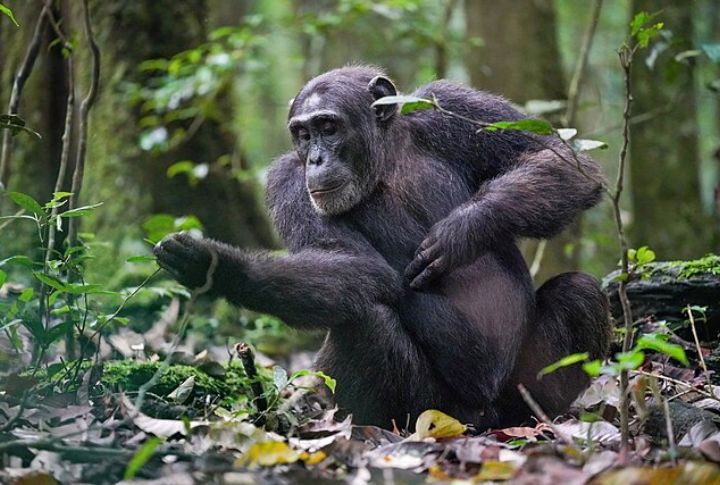
Besides their strength, Chimpanzees are strategic and rank at the top of this list. Known to plan ambushes, they’ve attacked rivals and humans with bone-crushing force. Some escaped chimps have even maimed their handlers in brutal displays of power. Among primates, chimps stand alone in their capacity for premeditated, lethal violence.

